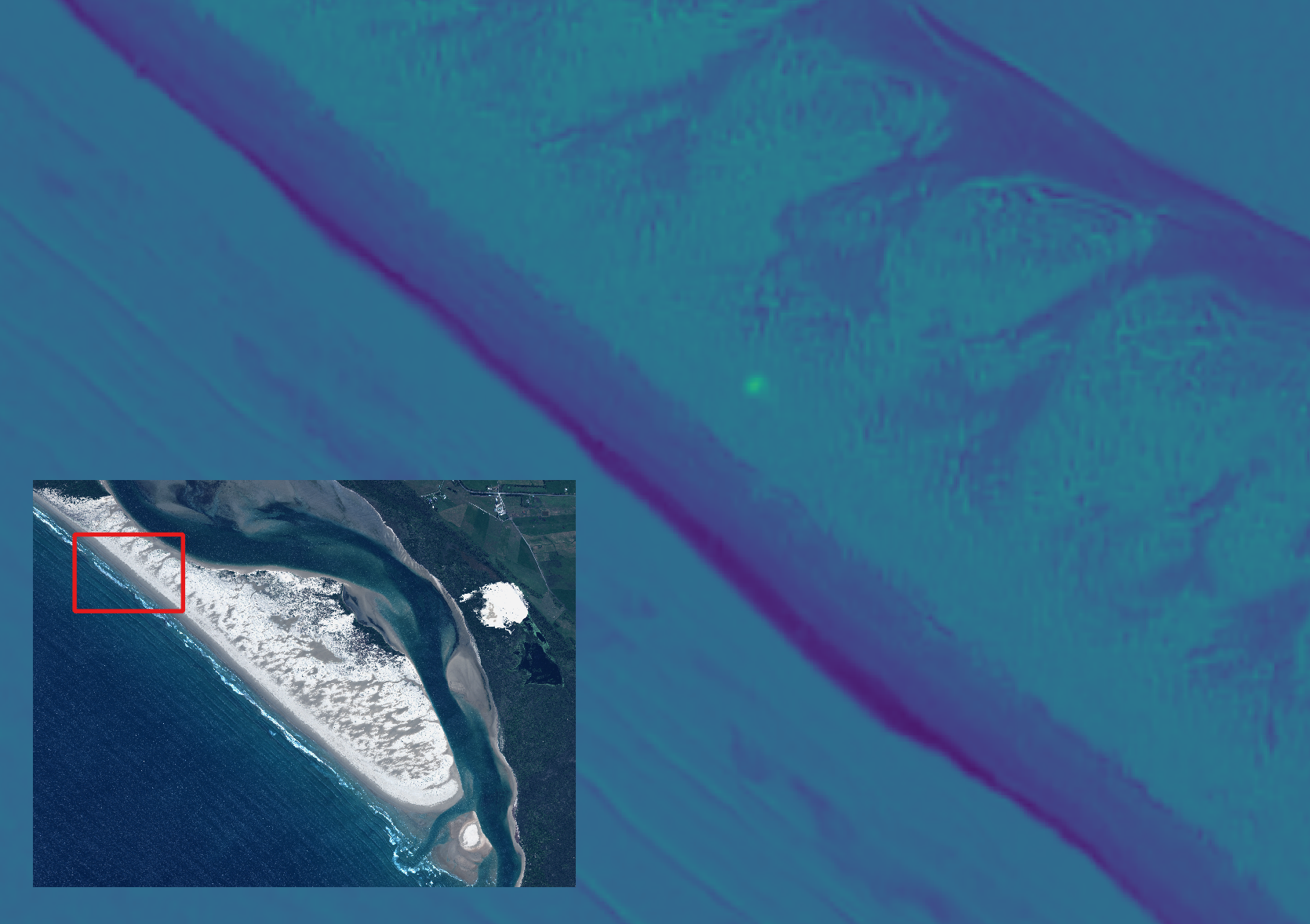A new satellite imagery technique allows scientists to see plastic on beaches from space. The technique can identify differences in how sand, water, and plastic reflect light, enabling researchers to spot debris on shorelines from over 600 km (372 miles) overhead.
Plastic is a massive issue in many environmental contexts, but it is an increasingly pressing issue for marine habitats. In recent years, the dense accumulation of marine plastic has even been recorded in isolated and sparsely populated areas such as remote islands in the Pacific and Indian oceans, or on the beaches of Northern Australia. It is now estimated that between 19 and 23 million metric tons of plastic enter the sea or coastal environments each year, a number that may double by 2030.
This is a significant problem as plastic has various detrimental impacts on biodiversity as well as local economies.
“Plastics can be mistaken for food, larger animals become entangled and smaller ones, like hermit crabs, become trapped inside items such as plastic containers,” the study’s lead author Dr Jenna Guffogg from RMIT University explained in a statement.
“Remote island beaches have some of the highest recorded densities of plastics in the world, and we’re also seeing increasing volumes of plastics and derelict fishing gear on the remote shorelines of northern Australia.”
If plastic isn’t cleaned up, it eventually fragments into smaller pieces of micro and nano plastics, which cause even more harm.
“While the impacts of these ocean plastics on the environment, fishing and tourism are well documented, methods for measuring the exact scale of the issue or targeting clean-up operations, sometimes most needed in remote locations, have been held back by technological limitations,” Guffogg added.
Satellite technologies have already been developed to track massive amounts of plastic drifting in the world’s oceans, and there’s a lot of it – from small drifts made up of thousands of bottles, bags, and fishing nets, to enormous plastic masses like the Great Pacific Garbage Patch that has become three times the size of France.
But while these satellite technologies are good at spotting plastic floating in the water, they are less effective at spotting debris on beaches, where it can fade into the surrounding sand. However, Australian researchers have now developed an effective way to see plastic on beaches so its accumulation can be easily identified and clean-up efforts can become more targeted.
Guffogg and colleagues have developed the Beached Plastic Debris Index (BPDI), which is essentially a mathematical formula that assesses patterns of reflected light picked up by satellites as they pass overhead. This allows them to identify the most interesting aspects of an image.
Similar tools already exist for monitoring forests and tracking bushfires from space, but this new version is designed to map plastic debris on beaches using data from the WorldView-3 satellite – a super-spectral, high-resolution commercial satellite sensor. This system orbits the Earth in line with the sun at an altitude of 617 km (383 miles).
Spotting plastic from space
To test BPDI’s plastic-spotting abilities, the researchers placed 14 plastic targets – each about 2 square meters (21.5 square feet) – on a beach in southern Gippsland, Victoria. These targets were made of different types of plastic and were smaller than the satellite’s pixel size (3 square meters).
The BPDI’s images were compared with three existing indices – one designed to find plastic in water, and two designed to find plastic on land. In each case, the existing indices struggled to differentiate plastic on beaches or experienced classification errors where they mistook shadow and water for plastics. However, this was not the case for BPDI, which out-performed all the others.

The new satellite system may help direct plastic clean-up operations as it becomes easier to identify plastic accumulated in remote locations.
Image credit: RMIT University.
“This is incredibly exciting, as up to now we have not had a tool for detecting plastics in coastal environments from space,” study co-author Dr Mariela Soto-Berelov added.
“The beauty of satellite imagery is that it can capture large and remote areas at regular intervals.”
The detection of plastic debris is a significant step in planning clean-up operations, a key aspect of several Sustainable Development Goals. If it continues to perform as planned, BPDI may represent a new way to make these goals deliverable. The next step is to test the system’s utility in a real-life scenario.
The paper is published in the journal Marine Pollution Bulletin.
Source Link: Plastic On Beaches Can Now Be Seen From Space With New Satellite Technology